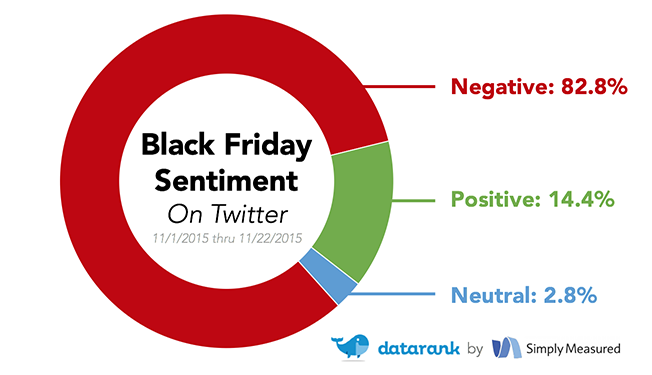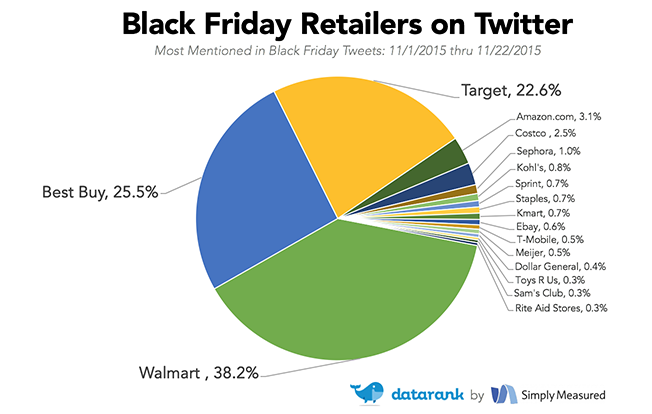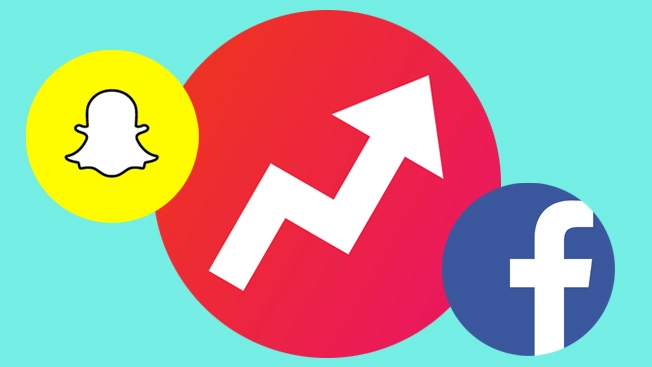Digital Marketing: Marketing Rose Bowl-style
When the Hawkeyes played in the Rose Bowl in 1986, the first “laptop” computers weighed 12 pounds, the QVC network was new and the World Wide Web was still three years away.
Fast-forward to the wired age of 2015 and it’s a whole new world. With our noses glued to our ever-present screens and our attention splintered in a thousand different directions, collective events such as the Rose Bowl become a huge opportunity for connecting with customers on a personal level.
So businesses of all kinds are jumping on the Rose Bowl bandwagon with tools and tactics that weren’t even on the radar back then. For example, the University of Iowa’s athletic department proudly announced that it doubled its loyalty program’s membership for the mobile app, Hawkeye Rewards, after this year’s perfect regular season.
Travel agencies had their social media posts and ads prepped and ready to launch within minutes of the announcement.
Even businesses with only a glancing relationship with football were congratulating the team on their Facebook pages, creating Rose Bowl-themed specials, and tweeting their prognostications for the big game.
Marketing Micro Events
Most events won’t generate the kind of hype that a trip to the Rose Bowl does, but smaller, local events can be a good opportunity to promote your business and create community. A pizza joint near a high school can geo-target on hungry smartphone toting fans looking for a bite to eat after the game or event with coupons and deals.
Employers with positions to fill easily can target job fairs, industry events and even competitors. Businesses that hold seminars or trade shows can promote their events on LinkedIn and Facebook or through targeted behavioral ads.
Many of these tools allow granular targeting to the level of employer and even job title.
Events also can be a great source of content for future marketing campaigns. Businesses can create videos, slide shares or webinars and use those assets to acquire even more prospects and leads.
Targeting is Not a Penalty
Unlike the big game, targeting is practically a necessity in digital advertising because it helps you hit the audience most interested in your messages. Bonus: Nobody gets hurt and there’s no penalty.
Most people now expect businesses to anticipate, or at least recognize, their preferences and interests. For Iowa fans looking for tickets to the Rose Bowl, the more information they could find, the better.
Marketing analytics can identify which consumers followed the team page, visited related websites, purchased team apparel or mentioned their favorite teams on social media. The same methods are applied to identify customers with an interest in specific topics, products and services so you can provide relevant information and content to the right people.
Here’s one cautionary note: Don’t get cute. Consumers react badly to clickbait headlines such as “Rose Bowl Canceled” only to be taken to a page selling them something totally irrelevant. Not only will you not make the sale, you’ll likely lose whatever cyber trust you ever had with your audience to begin with.
In the meantime, enjoy the big game and good luck finding that coveted Rose Bowl apparel this year. Happy New Year and Go Hawks!









